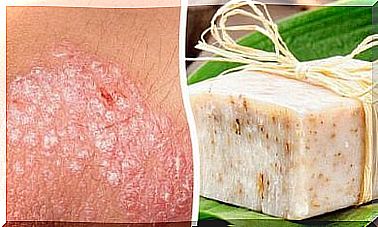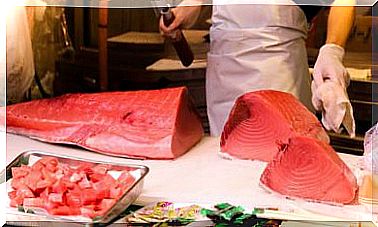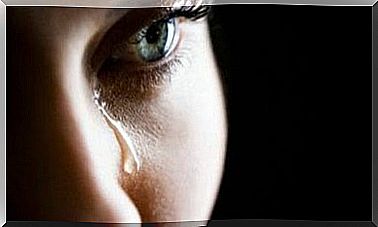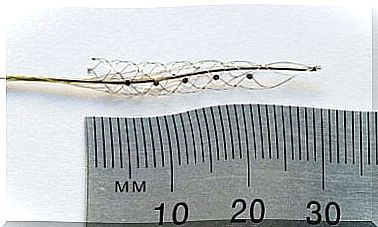How To Avoid And Treat Ingrown Hairs
If we want to prevent ingrown hairs, we need to dilate the pores before waxing, exfoliating our skin and most importantly, finishing by disinfecting our legs.
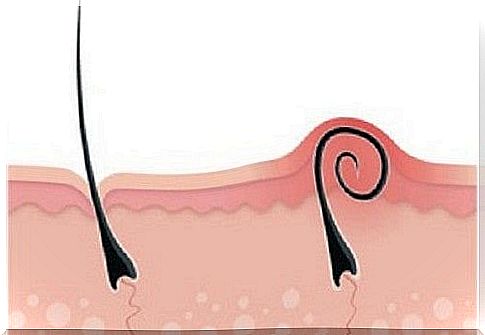
Ingrown hairs can be really painful, in addition to being unsightly. They appear most of the time after waxing or razor removal.
The ingrown hair is manifested by small infected balls. These are caused by small hairs that have never been able to finish growing or that could not be removed properly by waxing. So this can be a serious problem. This is why it is as important to treat them as to avoid them.
Tips for preventing and treating ingrown hairs
- Pay attention to the type of hair removal you use. For some, wax is a factor facilitating the appearance of ingrown hairs. For others, it is the epilator that promotes the phenomenon. In fact, the first weakens the hair follicle, preventing the hair from growing enough to pass through the skin. While the second can cause the incarnation of the hair, because it cuts it without removing the root.
- Take care of your skin. The follicles must pass through obstacles such as fat, dead cells, germs or even dirt. It is very difficult for him to be able to go through everything and then push. This is why it is advisable to do an exfoliation every week. You should also wash and moisturize your skin every day using non-comedogenic products. You will prevent the pores from clogging.
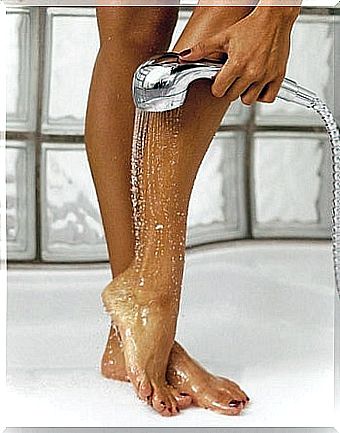
- Shave well. The razor is the most popular method of hair removal. But if you want to avoid some inconvenience, soften the skin with soap and water. Then use shaving foam (for men) and never shave in the opposite direction to hair growth. Shave with light pressure as you pass the razor and use a new blade each time (or every 2 or 3 passes)
- Avoid tight clothing. This type of clothing squeezes the skin which can then no longer breathe normally. The hairs that are on the epidermis will also be damaged. Also, wearing clothes that are too tight can facilitate the appearance of ingrown hairs. Above all, avoid this type of clothing when you have just shaved or waxed. It is always better to prefer cotton clothes rather than synthetic
Regarding hair removal
- Eliminate germs after waxing. Use natural antiseptic products like tea tree essential oil to prevent infections. You can also use this product a few hours before waxing.
- Dilate your pores, using hot water or a steam bath. You can also apply a warm, wet cloth to your legs, or with the hair dryer to “loosen” your fine hair.
- Avoid using the same wax over and over again. It is very common in beauty centers to reuse the same wax for several days or even weeks. This is why we advise you instead to opt for the method that some spas have already adopted, especially in Spain, namely single-use wax.
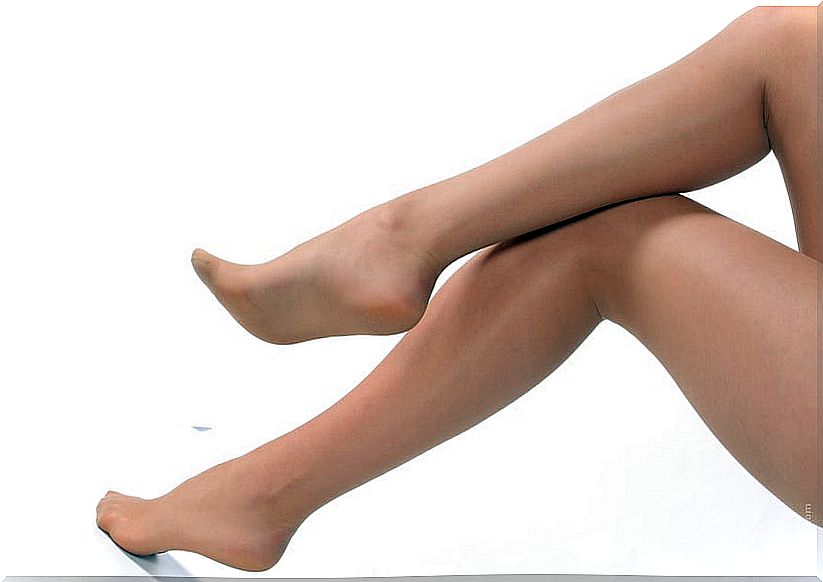
- Soak a cotton ball in witch hazel water and apply it to the skin where the ingrown hair is. This “home” remedy is very good for calming irritated skin and helping to remove small hairs. Witch hazel water is also used to reduce redness and inflammation. This product exfoliates, hydrates and cleanses the pores. Use this water before and after waxing.
- Remove the ingrown hair with the tweezers. You should know that the hairs remain “trapped” at the level of the first layer of the dermis. It is then possible to remove them gently. Lift the coat carefully, but do not pull it out, as this will only cause more irritation or even infection. Do this with clean hands (washed with neutral pH soap) then apply a little alcohol or hydrogen peroxide to the forceps before using it.
- Use essential oils like chamomile or lavender. Always ask your herbalist how much is needed, and if it is necessary to dilute them in water. This is because these oils can be very strong and damage the skin. You can mix more than one oil for better results.
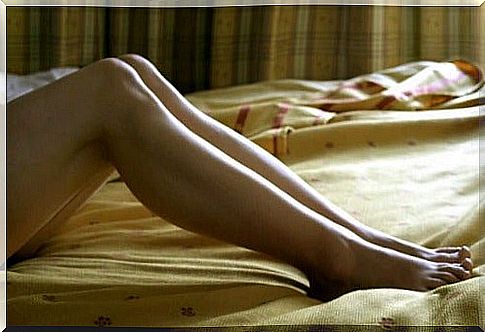
Steps to remove ingrown hair
- Wash the area with neutral pH soap and water, and rinse with cold or lukewarm water
- Exfoliate the area of the ingrown hair well, once a week (morning and evening) in order to “isolate the hair”. You should do this step gently to avoid irritation or bleeding. Be sure to remove all grease, dirt or dead cells
- Apply a warm cloth (be careful not to burn yourself) on the ingrown hair, for a few minutes to soften the skin
- Use tweezers sterilized with alcohol or boiling water.
- Pull the skin firmly and pluck the hair from the root with the tweezers. It is best to do it “with a bang”.
- Use an antiseptic or tea tree oil or aloe vera.
- Repeat this if you often have ingrown hairs, or in several areas of the body.
